
views
Signs Cottage Cheese Has Spoiled

It has a sour, rancid smell. Fresh cottage cheese has a mild and slightly tangy smell—some even say it smells a bit acidic. If your cottage cheese smells sour or pungent, it’s likely gone bad and needs to be thrown out.
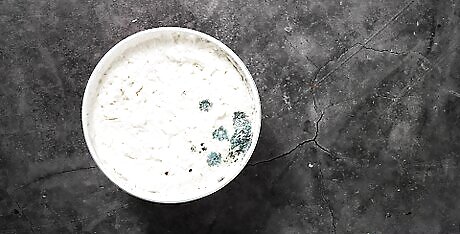
It has mold spots. If your cottage cheese has grayish-green or black dots or fuzz on it, it’s very likely spoiled. Cottage cheese typically has a white or cream color, with no hints of gray or green. Any signs of gray, green, or black color on the surface of the cheese or lid are indications of mold, and the cheese should be discarded.

It has a sour taste. Normally, cottage cheese has a slightly salty, neutral taste. Cottage cheese that tastes sour should be thrown out immediately, as it’s likely spoiled. Keep in mind the flavor of your cottage cheese. If your cheese is flavored with creams, herbs, or fruits, it may taste different from plain cottage cheese.
Is cottage cheese bad if it’s watery?
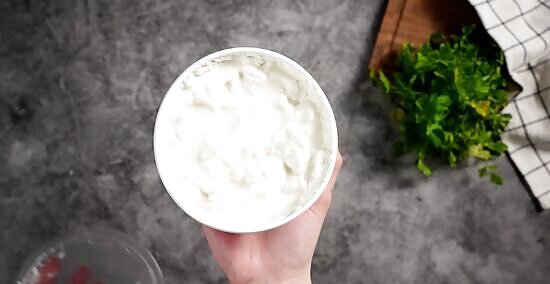
It depends—sometimes a watery consistency is normal. When cottage cheese ages or is exposed to warm temperatures, the curds separate from the whey. This creates a soupy appearance similar to when yogurt has a watery top layer. If there are no other signs of spoilage (sour smell, mold, or sour taste), you’re fine with mixing the cheese up and eating it. However, if there are signs of spoilage, the watery texture likely means the cottage cheese is bad.
How long does cottage cheese last?
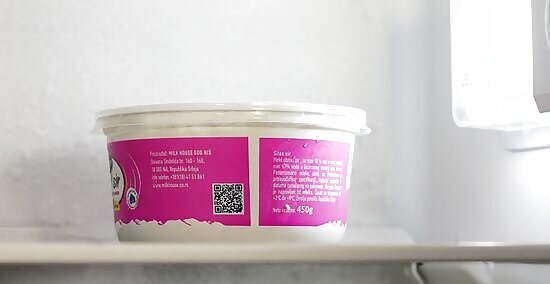
In the fridge, cottage cheese can last up to a week once opened. An opened container of cottage cheese can last in the fridge between 5 and 7 days past the day it was opened. It’s best to eat the cottage cheese within this timeframe for the best flavor and freshness. Once opened, store the cottage cheese in an airtight container in the coldest part of your refrigerator to help maintain freshness.
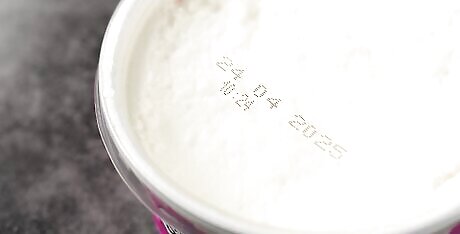
Expired cottage cheese could last 2 weeks past the expiration date. Believe it or not, unopened cottage cheese can last in the refrigerator for up to 2 weeks past its “Best-By” or “Best If Used By” date. Just be sure to check the cheese for signs of spoilage when you do open it—it never hurts to be safe!
Can you still use expired cottage cheese?
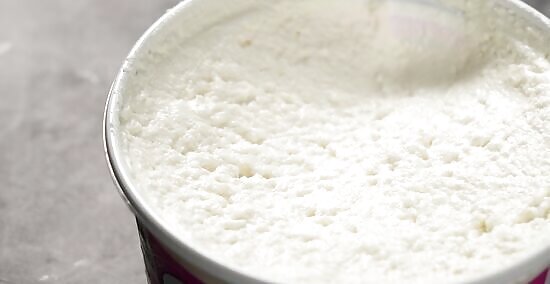
Expired cottage cheese can be used if it doesn’t show signs of spoilage. Cottage cheese that’s unopened but past its expiration date may still be safe to eat. The “Best If Used By” and “Use-By” dates indicate when the cheese will have the best flavor or quality. If the cheese doesn’t have any signs of spoilage after the expiration date, it’s probably okay to use. This only applies to unopened containers of cottage cheese. If you have a container of cottage cheese that’s past the expiration date and has been open for a while, it’s better to be safe and throw it out. Eating spoiled cottage cheese can put you at risk of harmful bacteria, such as listeria, salmonella, and E. coli, which can cause nausea, vomiting, stomach pain, and diarrhea.
How to Store Cottage Cheese
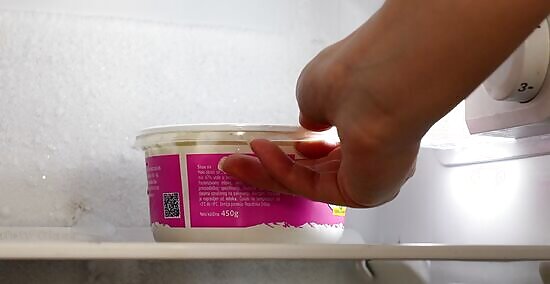
Store cottage cheese in the coldest area of your fridge. Cottage cheese may not be a potent cheese, but it is very delicate. Cottage cheese must remain at a stable, cold temperature; otherwise, the curds will start to separate and cause the cheese to spoil. To avoid this, make sure to store your cottage cheese in a consistently cold area of your fridge. The coldest part of the refrigerator is typically the back of the bottom shelf. Make sure your cottage cheese doesn’t freeze while in your fridge. If it does, your refrigerator is too cold. The ideal temperature for a refrigerator is 40 °F (4 °C). Avoid leaving cottage cheese out at room temperature for over 2 hours, as this can cause it to spoil.
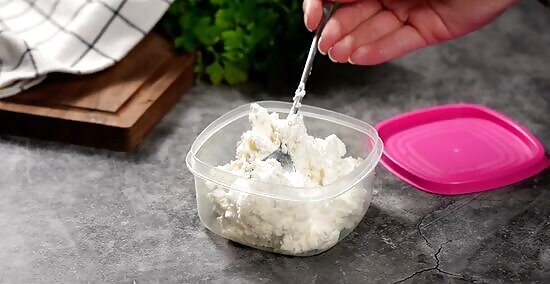
Store cottage cheese in its original container or an airtight container. Once you open a container of cottage cheese, make sure it’s placed back in the refrigerator in a tightly sealed container. This can be the container the cottage cheese came in (as long as it has a lid) or a separate airtight container from your kitchen. The less air that gets into your cheese, the fresher it’ll be!
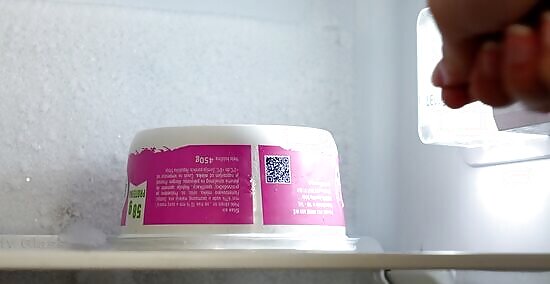
Store cottage cheese upside down to reduce the chance of mold. Some cottage cheese lovers have turned to alternative measures to keep their cottage cheese fresher longer. Try storing the container of cottage cheese upside down in your fridge, as it may lessen the risk of air getting inside, reducing the risk of premature spoilage. When you flip the container upside down, it creates a vacuum effect that can help prevent the spread of bacteria inside the container.
How to Use Cottage Cheese
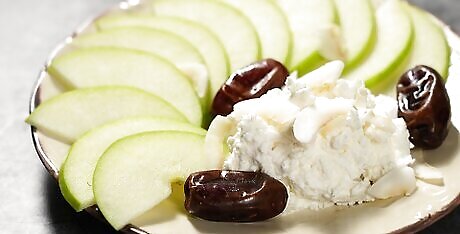
Cottage cheese makes a delicious snack and creamy addition to most meals. Packed with protein and mild in flavor, cottage cheese is the perfect ingredient for practically any dish! Cottage cheese can be eaten on its own or added to family favorite recipes. Here are some of our favorite ways to use cottage cheese: Whisk eggs with cottage cheese for fluffier and creamier scrambled eggs. Blend cottage cheese with dill, parsley, chives, onion salt, and ranch seasoning powder for a delicious dip. Add dollops of cottage cheese to a cold pasta salad for a creamy touch. Blend oats, cottage cheese, and eggs to make fluffy pancakes. Top cottage cheese with coconut flakes, dates, and apple slices for a sweet and savory breakfast bowl. Add dollops of cottage cheese to the layers of lasagna for a creamier, cheesier texture.












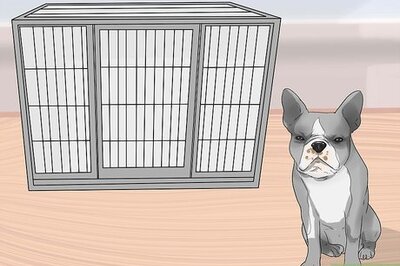



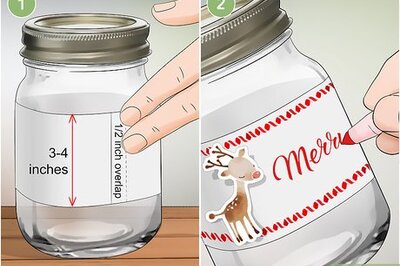



Comments
0 comment